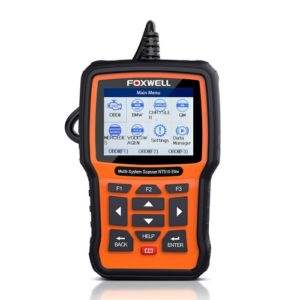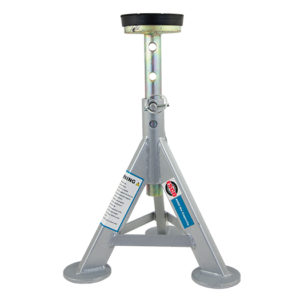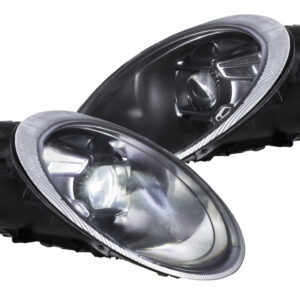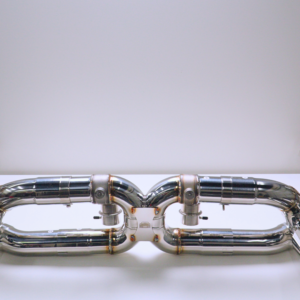Your engine uses a serpentine belt to power the accessories like the power steering and water pumps. Over time, the belt gets worn out and can slip or even break. Visually inspect your serpentine belt for cracks, fraying, and other damage. In any case, it is a good idea to replace your serpentine belt according to the manufacturer’s recommended service interval.
Fortunately, replacing the serpentine belt yourself on a Porsche 997 Turbo is very straight forward. To get an overview of the procedure, you can check out the above video from Jim Wong . Detailed steps can be found below.
Intake Air Hose Clamp: 7.5 ft-lbs (or hand tighten just snug)
Step 1: Prepare your vehicle and work area
- Ensure engine is cold, so you don’t burn yourself.
- Put on eye protection and gloves.
- Gather parts and tools.
- Open engine cover.
Step 2: Remove the intake manifold pipe
- Start by removing the y-shaped intake manifold pipe.
- Where the intake manifold pipe meets the throttle body, use a 7mm socket and ratchet to loosen the hose clamp.
- Then, disconnect to the black mass air flow sensor on the intake manifold pipe by depressing the plastic tab and wiggling the connector off.
- On the other two ends of the intake manifold pipe that connect to rubber hoses, loosen each hose clamp using a 7mm socket and ratchet.
- Work each end of the intake manifold pipe free from the rubber hoses.
- With the each end of the intake manifold pipe disconnected, lift the intake manifold pipe straight up to remove it.
- For another view of how to remove the intake manifold pipe, check out this video from Rasta997 Turbo.
Step 3: Remove the engine air box
- Start by removing the air box cover by grabbing it on both sides through the air inlet holes and pulling the cover straight up.
- Next, on each side of the air box where it meets the intercooler hoses, you’ll see a wire connector and a hose clamp.
- Remove the wire connectors by depressing the plastic tabs and wiggling them off.
- Loosen the hose clamps using a 7mm socket, extension, and ratchet.
- Disconnect the vacuum hose attached to the air box by squeezing the outer plastic ring on the hose while pulling the hose off.
- Work the air box off the intercooler hoses and set the air box aside.
Step 4: Cover the throttle body and air intake hose to prevent debris from getting inside
Step 5: Remove the serpentine belt
- IMPORTANT: Take a picture of the arrangement, so you know how the new serpentine belt should go.
- Next, remove the old serpentine belt from the pulleys.
- Use a 15mm socket, extension, and breaker bar to rotate the tensioner pulley clockwise; this will reduce the tension on the serpentine belt, so you can pull it out.
- With the belt off, inspect each of the pulleys; if any pulley has excess play or binding, it is a good idea to replace them.
Step 6: Install the new serpentine belt
- Loop the new serpentine belt in the exact same fashion as the original one, but don’t loop it around the tensioner pulley.
- To get the serpentine belt over the tensioner pulley, rotate the tensioner pulley clockwise which will give you enough slack to get the serpentine belt over the pulley.
- It will take some effort to get the belt over the tensioner pulley, so be patient and apply a lot of force.
- Once the new serpentine belt is in place, slowly release the tensioner pulley.
- Ensure the serpentine belt matches the original routing and sits correctly over each pulley.
Step 7: Reinstall everything in reverse
- Reinstall the air box and intake manifold pipe in the exact same fashion.
- Torque the hose clamps to 7.5 ft-lbs or just snuggly by hand.
- Clean up your work area and put away your tools.
- You’re all done!






